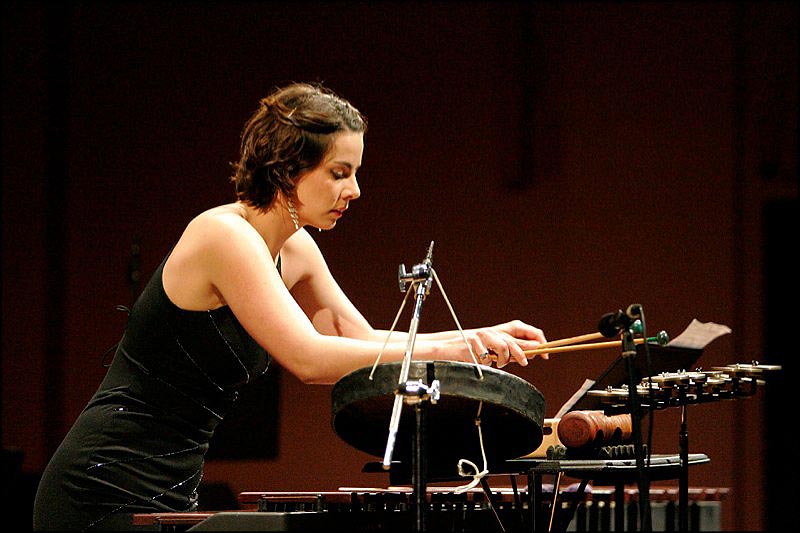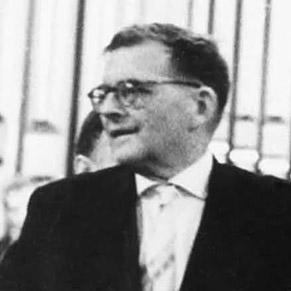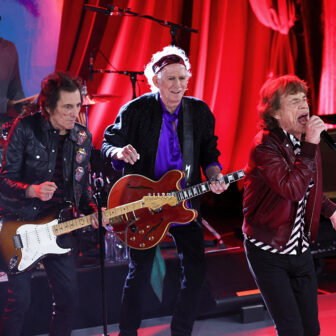The percussionist Claire Edwardes quietly believes that most composers don’t really understand percussion. In particular, she thinks we write for too many instruments.
It is, of course, the percussionist’s lot to spend half her time conveying great loads of drums, gongs and cymbals, marimbas, vibraphones, xylophones and glockenspiels from one place to another. Some percussionists own vans; others rent them; others have long-suffering friends. For this reason alone, you have to sympathise with Edwardes and her colleagues. But there’s more to her mission than a desire for personal comfort. She’s thinking of the music.
Put yourself in a composer’s shoes for a moment. You’re writing a piece for a group of instruments – let’s say flute, clarinet, piano and percussion – and you want to extract as much colour as possible from the set-up. By prior negotiation, you can ask the flute player also to play a piccolo or possibly an alto flute or even, at a pinch, a bass flute, though he or she will probably have to borrow the instrument; the clarinettist will almost certainly have access to a bass clarinet; the pianist is probably going to stick to the piano keyboard, notwithstanding certain options involving plucking the strings. But the percussionist? She can play anything, can’t she? You want a loud bang? You simply write the word “tom-tom” into your score and there you have it. You want a deeper bang? A bass drum magically appears. A bell or two? Why not add a whole rack of tubular bells?
When you’re writing for percussion, it can seem that the world is your oyster, and some composers are wont to add new percussion instruments to a score more or less on a whim. But not only does this attitude assume the percussionist will be happy to cart huge amounts of heavy gear on your behalf, it also betrays a poor understanding of how percussion actually works.
Some years ago, I was writing a piece for the singers of Halcyon together with an ensemble that would include Claire Edwardes. Before I start any piece with percussion, I check which instruments I may use, and Claire made it very clear that I was going to be limiting myself to just a few. Specifically, she told me, I could have one big thing – a keyboard instrument such as a marimba or xylophone – and as many small things as would fit in a suitcase. As it happened, I already knew that I wanted to keep my percussion to metallic sounds. I therefore chose a vibraphone (my one big thing) and a range of small tuned gongs, cow bells and crotales – little brass discs, sometimes called “antique cymbals,” that ring out with great clarity.
Claire invited me over to her studio. She showed me the sounds you could extract from gongs and cowbells laid flat on foam rubber, and how this changed when you half propped them up and changed again when you held them in your hand. And then there was the way the colours differed according to the mallets used to strike the instruments – mallets with wooden heads and rubber heads, plastic heads and heads wound round with cotton. Combining the sound of a tuned cow bell with the same pitch played simultaneously on a vibraphone yielded another new colour, while muffled gongs playing loudly in unison with a piano created a brand new instrument – a copper piano!
In Claire’s studio I made notes, then I went away and wrote my piece, Willow Songs, to words by the poet Anne Stevenson. When the first performance came round, Claire was unavailable for the concert, but the percussionist who took her place congratulated me on my resourcefulness. And I have drawn on Claire’s advice ever since in small chamber works and large orchestral pieces, and been congratulated over and over again. I treasure a text message sent to me by Gary Wain, principal percussionist of the Tasmanian Symphony Orchestra, following the first performance of my piece Blitz, thanking me “on behalf of the [percussion] section” for the resourcefulness of my writing. He really should have texted Claire.
Composers never stop learning, and we learn the most from performers. Even when a composer is also a performer, it’s usually only on one instrument, and very likely the composer is no more than competent. (I’m a good deal less than competent.) So we rely on advice from people who play their instruments well, and performers are invariably pleased to supply it. After all, they want to sound good. Hearing is the composer’s most important sense, and we do well to listen to these experts in their fields.
My experience in Claire Edwardes’s studio has been replicated in numerous other settings, with other players on other instruments – and with singers and conductors – and these moments of collegiality will continue as long as I write music. The actual business of writing is necessarily solitary – you must be alone to hear the music clearly in your head – but the community of musicians that will bring the music to life also has a great deal to teach composers about how to write it well. •




